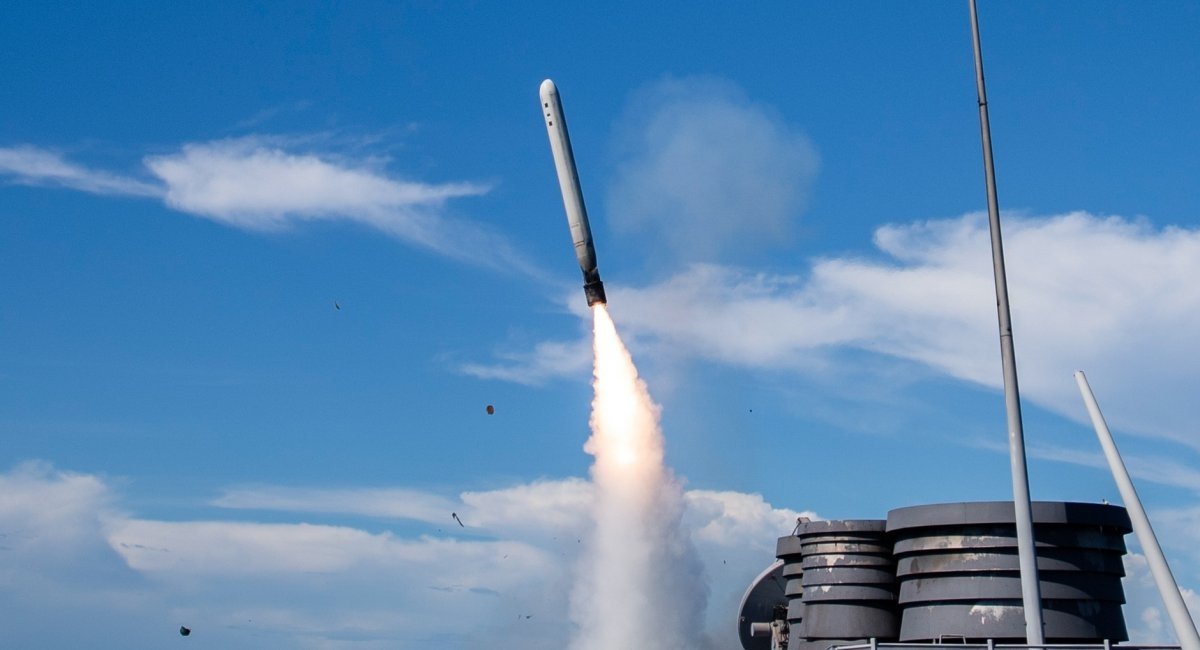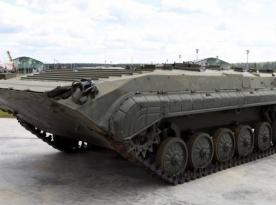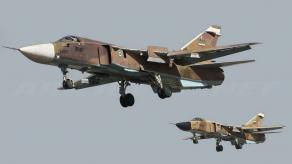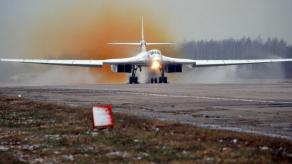The United States is simplifying arms export rules to speed up exports and increase sales volumes. This decision is being implemented thanks to Donald Trump's order and was met with great optimism by American arms manufacturers. Despite a relatively liberal domestic arms market, export sales are quite unique in that respect.
Moreover, it is likely that Ukraine will be able to capitalize on this, given the backdrop of Kyiv's stated intentions to purchase $30–50 billion worth of American weapons. This will require effort and persuasive power from Ukrainian diplomats, though. The order, signed by Trump on April 9, stipulates that within 60 days, the U.S. Department of State and the Department of Defense are to create a "list of priority partners" and a list of priority weapons and military equipment.
Read more: Gripen still Relies on U.S. Engine But Sweden Offers it to Portugal as F-35 Alternative

It is not known how extensive these lists will be, but the types of weapons are outlined. As noted, restrictions imposed by the Missile Technology Control Regime (Category I) should be revised for selected countries in order to facilitate such supplies. This category includes ballistic and cruise missiles with a warhead of up to 500 kg and a range of no less than 300 km, as well as equipment for their production and key systems.
Worth noting, the Missile Technology Control Regime is not a treaty, and its implementation was but a gentleman's agreement — incompatible with the russian federation, which has been systematically violating the Regime. For the United States, it's about selling not only the Tomahawk, but also the PrSM for HIMARS and other long-range weapons.
In addition, bureaucratic procedures are being simplified and accelerated. Let's recall that the vast majority of U.S. arms exports are authorized under the Foreign Military Sales (FMS) mechanism, where a foreign country orders weapons not directly from the manufacturer, but from the U.S. government, which in turn orders them from the companies.
Since this is a government decision, it requires numerous approvals, which until now have been processed sequentially, proceeding from one government agency to another. Parallel decision-making, where all bodies carry out bureaucratic procedures simultaneously and independently, will be introduced. Additionally, a plan to enhance accountability and transparency in arms sales will be developed within 90 days.

In addition, the list of weapons that can be purchased exclusively through the FMS mechanism should be reviewed and reduced. Presently, it covers everything except light weapons and ammunition. Besides obvious articles like fighter jets and missiles, it includes electronic warfare equipment, flares, and sonars.
Once the list of items only available through FMS is shortened, U.S. defense companies will be able to more actively utilize the Direct Commercial Sales (DCS) mechanism for arms exports. The latter allows direct contracts between the producer and the customer. This shift is expected to be implemented within 120 days.
In general, the American defense industry has welcomed the decision to liberalize arms exports, as both buyers and manufacturers used to suffer from bureaucratic procedures. Moreover, the use of the DCS mechanism is much more profitable, because under FMS, they sold weapons on the terms dictated by the government.
Read more: Disclosed Details of Secret FALCO Program to Arm F-16 With APKWS Laser Rockets














